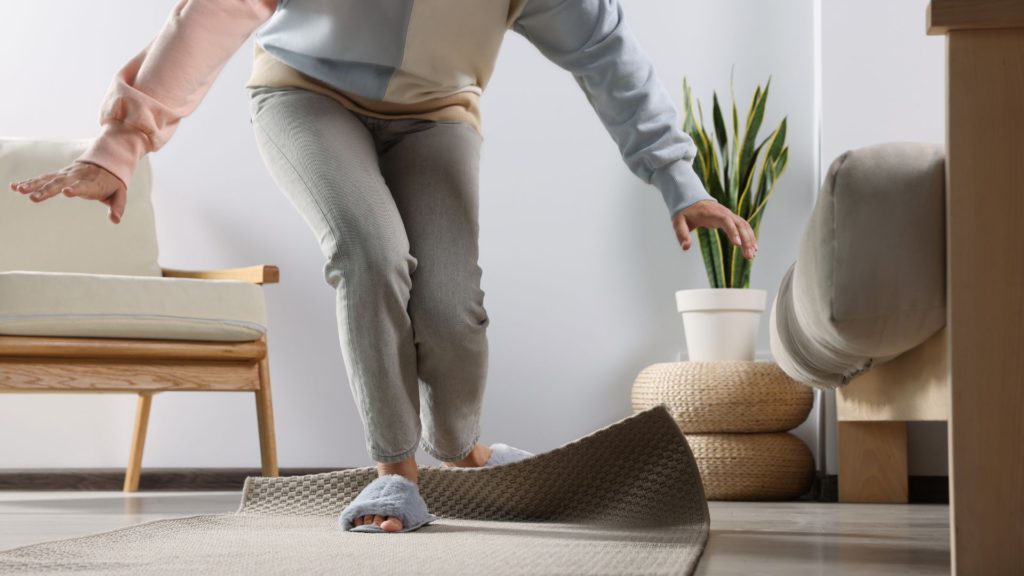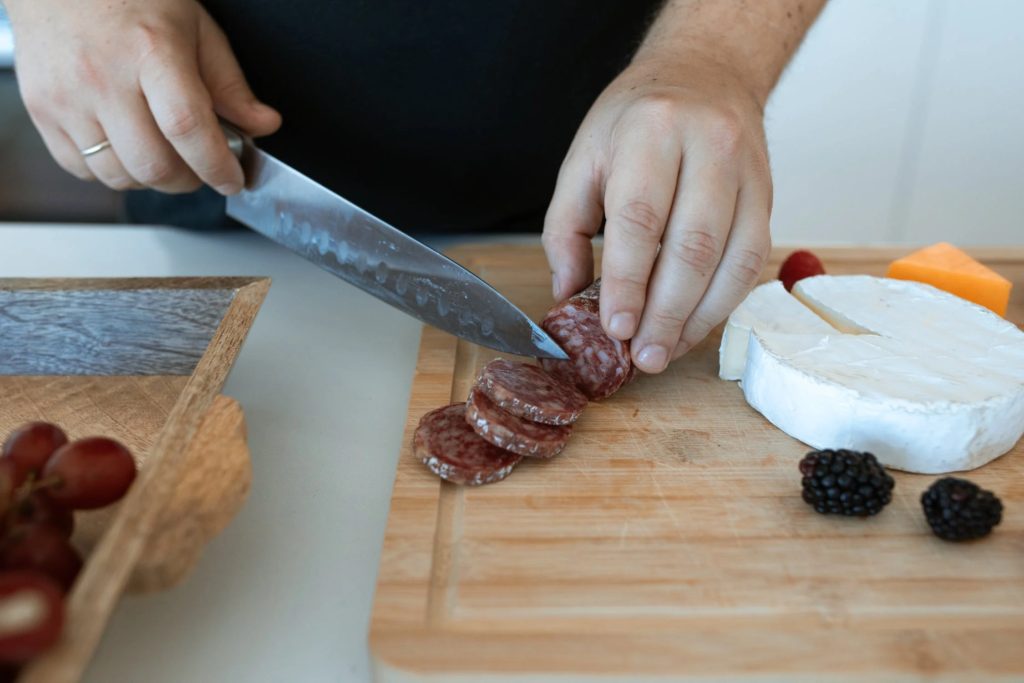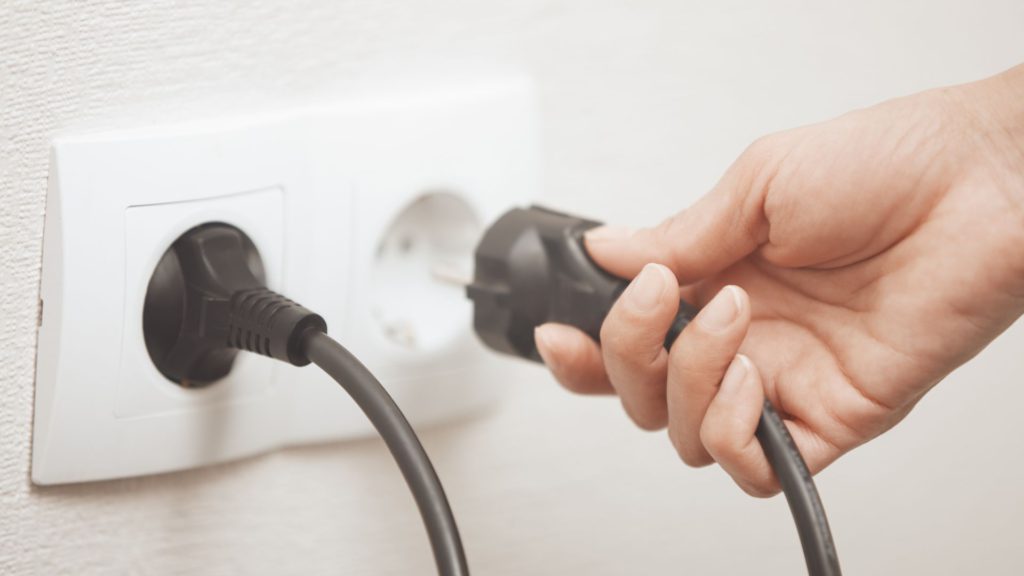Achieve health & safety in the home by eliminating potential hazards
Home is where the heart is but it is also where dangers lurk. Nearly 20,000 people die annually and approximately 21 million medical visits each year are the result of accidents occurring in the home. Those most at risk are the elderly and small children, although no one is immune. Most of the injuries and accidents taking place in the home are the outcome of human blunders and were avoidable. Here are ways to achieve health and safety at home:
Tripping and Falling

Falls are one of the main accidents taking place in the residence. People fall down stairs; some fall while going up the stairs. Babies and the elderly are the most likely to fall but anyone can.
A fall may not amount to much if the person is young and nubile but it can have devastating consequences for an elderly person.
- A home should be well-lit. Night lights should be used at night. Get rid of throw rugs that are tripping hazards. Block off stairways so small children do not have access to them.
- If the older person in your life has balance issues, as many do, provide him with a cane or walker.
- Cords should be moved out of the way and mats should be placed inside the tub and shower to prevent slipping.
- Many elderly people get tangled up in oxygen cords and fall. Invest in a spool-dispense type oxygen machine that eliminates this problem.
The Kitchen

There is a lot to remember to keep health and safety in the kitchen. People routinely get cut and burned while working in the kitchen. Do not allow small children near a hot stove. Explain to them, and then explain once again, it is hot and dangerous and can badly burn them.
- Do not allow children access to the stovetop. Turn the handles on pots and pans toward the back of the stove so children cannot reach up and grab them. Children and adults can be scalded by hot grease. This can be fatal.
- Cut fingers frequently occur when using sharp knives and as the result of opening cans. Invest in a good hands-free can opener. The can lids can be brutally sharp. When using a knife, cut away from your hand and keep your fingers clear of the knife blade.
- Curl fingers under and hold the food item with the fingertips when chopping which prevents cutting off the tips of the fingers.
- Keep a First Aid kit close by so you can cleanse, disinfect and bandage any injuries sustained. Apply pressure to the site that is cut. This helps quell the bleeding.
Electrocution

People get electrocuted in their homes all too frequently. If you have small children, electrical outlets must be covered. Children can be shocked as well as choked by extension cords. Unplug hairdryers and other electrical bathroom appliances so they do not inadvertently fall into a sink full of water or the bathtub, electrocuting someone.
Choking

Small children can easily get choked on curtains or blind cords. Do not place the baby’s bed near a window. Secure the cords so children do not have access to them.
Elderly People

Every home housing an elderly person needs to be equipped with an emergency alert system that the person has easy access to and can use to call for help simply by pressing a button. Many wear the alert system around their necks.
Equip the home with smoke alarms and a carbon monoxide detector. Smoke, fire, and carbon monoxide are killers. The alarms give the individual a fighting chance of escaping the residence rather than succumbing to these silent killers.
If the resident is stricken with Alzheimer’s, equip the house with a wander alert system that notifies caretakers when the individual wanders off and leaves the premises. This gives the family peace of mind and keeps the person safe.
Stroll around your home and make a mental inventory of potential hazards and dangers. Rectify them ASAP.

